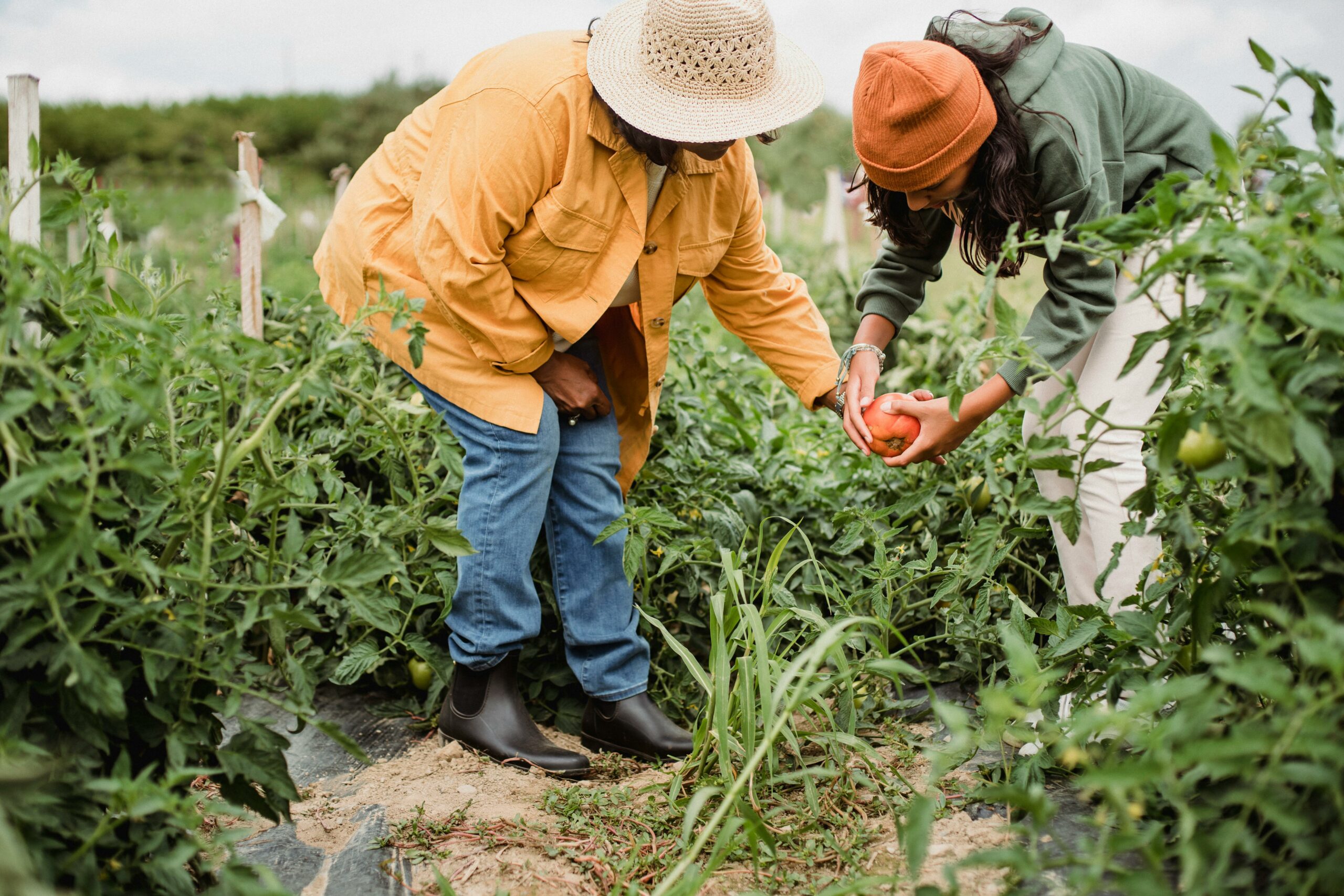Picking your tomato seed

MACOMB, Ill. — After a lovely winter break, I returned to the office with a stack of seed catalogs begging me to order more seeds. Despite having hundreds of seed packets, I find it hard to throw them away. Indeed, my seed collection is busting at the seams. Good thing they are relatively inexpensive.
The bulk of my seed library consists of tomato seeds. As a quintessential garden vegetable and the most popular one grown in America, I order tomato seeds every year. My family also enjoys eating tomatoes. But what do I look for when selecting my tomato seeds for the year? Over time, my process has evolved, and there are some important lessons I’ve learned that might help others thumbing through seed catalogs.
Favorite Type of Tomato
The most important consideration when growing your own tomatoes is which type you use most often. In my household, we use more cherry tomatoes than any other type, making these a mainstay in the garden. I also enjoy a slice of tomato on a sandwich, so we look for one or two types of slicing tomatoes. However, I skip the fleshy Romas and other sauce tomatoes as I have no desire to make my own tomato sauce.
Flavor – Acidity vs. Sweetness
You could grow the most beautiful tomato, but if the flavor is disappointing, most people will not grow it again. The acid-to-sugar ratio is a popular way to pick your preferred flavor. Red tomatoes are considered balanced in acid and sweetness, purple or dark tomatoes often have a salty acidic bite, and yellow and orange tomatoes are typically sweeter and good for those avoiding acid.
Heirloom vs. Hybrid (and now Bioengineered)
Gardeners may choose heirloom or hybrid tomatoes for several reasons. Heirlooms come true from seed and can be saved year after year, often bred for flavor but susceptible to ailments. Hybrids do not come true from seed but often have better disease resistance and improved qualities. Recently, breeders have created hybrid tomatoes with good flavor and disease resistance. There is also a bioengineered tomato known as the Purple Tomato, a cherry tomato with a snapdragon gene inserted to make the fruit purple throughout.
Mature Size (Habit)
There are two main types of growth habits for tomatoes – indeterminate and determinate. Indeterminate tomatoes grow as vines and require trellising and frequent training. Determinate tomatoes have a bush-like growth habit and focus on flowers and fruit development once they reach mature size, but their harvest window is more limited. After years of fighting jungles of indeterminant tomato vines, I have switched mainly to determinant tomatoes.
There are also dwarf tomatoes, often marketed as patio tomatoes, which can be grown in containers on a patio, deck, or sidewalk.
Tomato Resistance to Disease and Other Problems
It’s difficult to grow a tasty tomato if you can’t grow a healthy plant. Farmers and breeders have worked to build resistance to common tomato diseases and other issues like cracking and blossom end rot. Seed catalog descriptions often list what the tomato has shown resistance to, such as verticillium wilt (V), fusarium wilt (F), and tomato mosaic virus (T). Resistance does not equal immunity, so proper plant care is essential.
Third-Party Recommendations
Most seed company websites have search filters to help you find your preferred tomatoes, including “Most Popular” or “Best Seller.” While biased, these filters can be useful. An objective source is the All-American Selections (AAS) website, which recommends a new tomato variety every year. Their database provides a bountiful list of tomatoes to grow at home.
How Much Seed Do You Need?
Tomato plants are big and require spacing in a home garden. Many of us are not growing acres of tomatoes but instead a dozen or so. Sprouting extra tomatoes to share or swap seedlings with neighbors or friends is a wonderful way to have a diverse selection in your garden and reduce excess seeds carried over from year to year.
Miss Clipping Out Stories to Save for Later?
Click the Purchase Story button below to order a print of this story. We will print it for you on matte photo paper to keep forever.

